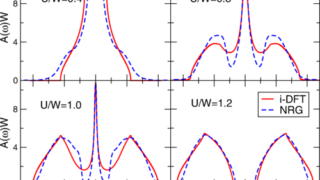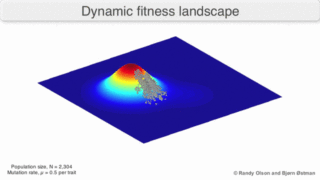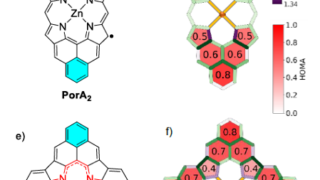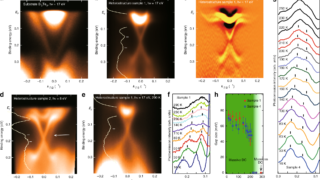
Exploring the Indian Ocean as a rich archive of history – above and below the water line
Isabel Hofmeyr, University of the Witwatersrand and Charne Lavery, University of Pretoria On many beaches around the Indian Ocean, keen observers may spot bits of broken pottery. Washed smooth by the ocean, these shards are in all likelihood hundreds of years old, from centres of ceramic production like the Middle Eastern Abbasid caliphate and the […]








